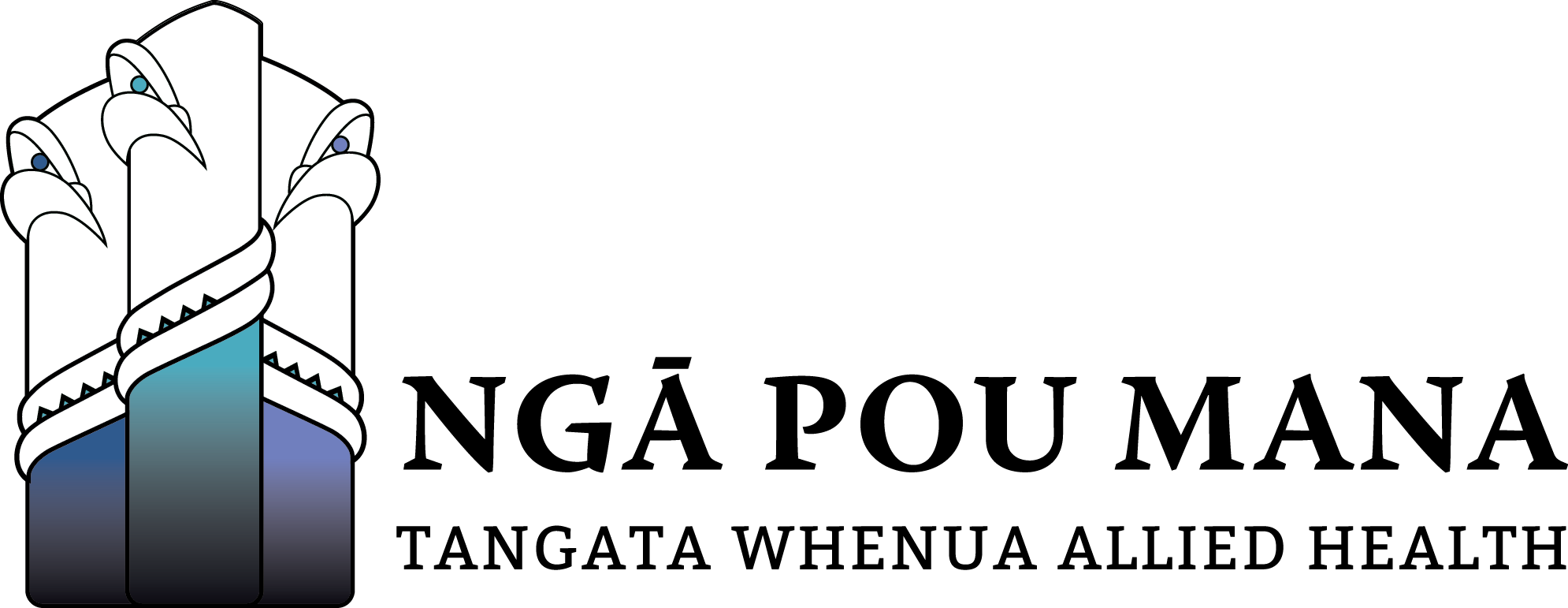An item of clothing that supports the healthy position of your body, feels comfortable and reduces pain sounds like a dream for many people.
Just like a good pair of running shoes, a sports bra should be an essential part of your athletic wear when you work out or exercise.
However, many women are missing out on the benefits of a healthier and more comfortable body when they move simply by wearing the wrong size.
Up to 85% use a sports bra that is incorrect by one or two sizes.
The importance of correct support
A sports bra by definition is sturdier than typical bras, providing support during exercise and helping to minimise breast movement and any associated pain or discomfort.
Regardless of a person’s size, breast tissue can move up to 10cm vertically depending on the intensity of the exercise.
This movement is a cause of significant pain for wearers of sports bras with low levels of support.
Recently crop top style sports bras have become more popular due to the lack of wires or straps. But research has shown although these feel comfortable to begin with, more people experience pain while running and other intense physical exercise because they’re still not providing the required level of support.
The simplest way to prevent pain and discomfort from a sports bar is to make sure yours is the right size for your body.
What to look for in a sports bra
If you can, the best way to find the sports bra that’s right for you is to get measured by a professional and fitted in a store which sells them.
Here are five other tips to consider:
- Consider wider shoulder straps more than 4.5cm (2) or a gel strap design. This will help stop the feeling of the straps digging in around the shoulders.
- Choose a sports bra with Y-shaped straps at the back. The most supportive configuration means you don’t have to worry about increasing the tightness of the straps to stop them falling off your shoulders.
- Try padded bra cups or inserts if they are more comfortable for you.
- Look for a bra made of moisture-wicking fabric. This will draw sweat away from the skin, particularly away from the areola to help prevent irritation and chafing.
- Try a bra that creates greater breast elevation and compression. This can help reduce the pain from exercise and increase comfort. (3)
Sources
- Hyde TE, Gengenbach MS. Conservative management of sports injuries. 2nd ed. ed. Sudbury, Mass.: Jones and Bartlett Publishers; 2007.
- Coltman CE, McGhee DE, Steele JR. Bra strap orientations and designs to minimise bra strap discomfort and pressure during sport and exercise in women with large breasts. Sports medicine – open. 2015;1(1):21.
- McGhee DE, Steele JR. Breast elevation and compression decrease exercise-induced breast discomfort. Med Sci Sports Exerc. 2010;42(7):1333-8.


